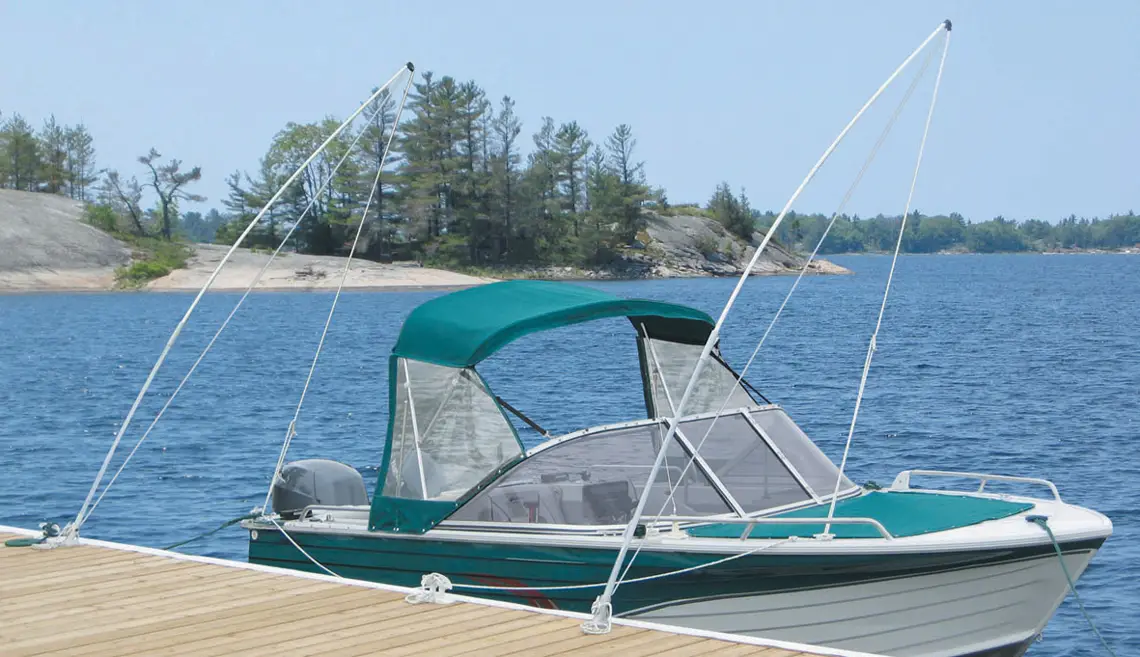
Of course, that doesn’t mean you should jump ashore and attempt to operate your boat from a quayside bar – but it does mean that you can circulate the entire periphery of even the largest yacht or step onto the pontoon during docking manoeuvres without the slightest trouble. The system then interfaces with the boat’s existing controls to provide reliable operation even if you’re several hundred feet from the helm. Designed to provide you with mobile and intuitive control of Pod drives, conventional drives, bow and stern thrusters and anchor windlasses, the handheld transmitter communicates with the receiver by means of a unique coded digital signal.

In terms of seamanship practicality, as well as helming confidence, it’s easy to understand why it’s becoming so popular.Īs the name suggests, wireless remote control comprises two simple parts – a buoyant, waterproof transmitter that is held in the hand and a receiver that is fitted at the helm.
#DOCKMATE MOORING BUOY FULL#
You can even step ashore to complete the manoeuvre, with a full view of the operation, before holding it steady in complete control while the lines are all safely tied off. You can walk around your side decks, head for the bow or the swim platforms and be up close to the point of contact with the mooring buoy or the pontoon. After all, while docking manoeuvres, particularly on non-fly models, can involve a limited view of a boat’s parameters, requiring you to place your trust in coded hand signals from your crew, a remote control frees you up to adopt whatever command position the circumstances demand. Fear of awkward situations in busy marinas, particularly where the elements are powerful and the water is overlooked, can prevent people from upsizing to the boats they ideally want – and in some cases, it can even dissuade people from using their boats altogether.Ĭlearly then, wireless remote control on a yacht has the potential to be very valuable.

And interestingly, that’s a trend that is quite accurately mirrored in the attitudes and behaviours of recreational yachtsmen. It’s a perennial truth among yacht insurers that most claims are the result of collisions incurred during close-quarters manoeuvres within the confines of a marina. Wireless Boat Controls: what are they for?


 0 kommentar(er)
0 kommentar(er)
